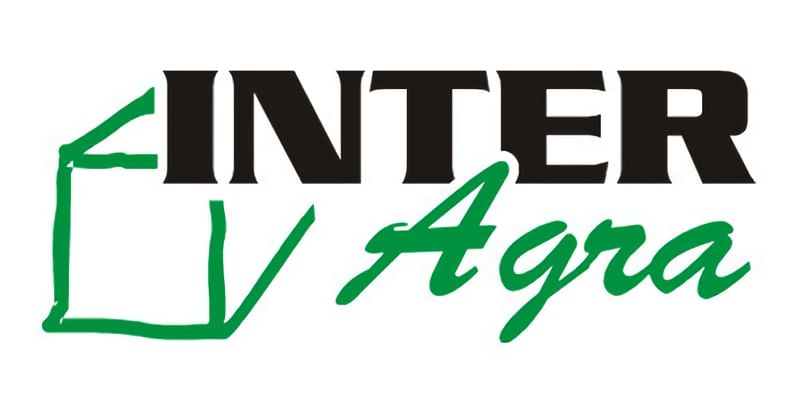Packaging materials for potatoes and potato products are selected based on the need to maintain freshness, minimize spoilage, facilitate transport, and meet sustainability and food safety standards. The choice of material depends on whether the potatoes are sold fresh, processed, or stored for longer periods.
Verpakkingsmateriaal voor het verpakken van aardappelen en aardappelproducten en de leveranciers die dit leveren
Klik hier om uit te vouwen en meer te weten te komen!
Packaging for Fresh and Ware Potatoes
- Mesh/Net Bags: Mesh or net bags, typically made from polyethylene (PE) or polypropylene (PP), are widely used for packaging fresh potatoes. These bags allow excellent air circulation, helping to keep potatoes fresh and reduce moisture buildup. They are available in various sizes and are durable for transport and display in retail environments.
- Transparent Polypropylene Bags with Holes: These bags are made from pure polypropylene and feature holes for improved ventilation. The high transparency showcases the product, and the ventilation helps preserve potatoes for longer periods. They are commonly used in markets and grocery stores.
- Jute Bags: Jute bags are made from natural plant fibers and are especially favored for export and long-distance transport. They provide darkness (preventing sprouting), good ventilation, and are biodegradable. Jute sacks are typically filled with 15 or 25 kg of potatoes and are valued for their sustainability and breathability.
- Paper Bags: Paper bags, sometimes with a biodegradable lining or netting, are used for smaller retail packages. They are compostable, recyclable, and can offer light-blocking properties to prevent greening. Paper bags are popular for eco-conscious consumers and specialty markets.
- Woven Polypropylene (PP) Bags: These are strong, reusable, and provide good ventilation. Woven PP bags are used for bulk packaging and transport, offering durability and protection during handling and shipping.
- Baskets and Crates: Baskets made from bamboo, wicker, or plastic, and crates (wooden, plastic, or fiberboard) are used for local markets and short-distance transport. They are breathable and reusable, though they offer less protection against moisture and pests.
- Plastic Crates and Pallet Boxes: Rigid plastic crates and pallet boxes are used for bulk handling, storage, and transport. They provide structural protection, are reusable, and facilitate stacking and mechanized handling.
Packaging for Processed Potato Products
- Plastic Film Bags and Laminates: Processed potato products like chips and crisps are typically packaged in multi-layer plastic film bags. Common materials include BOPP (biaxially oriented polypropylene), PET (polyethylene terephthalate), VMCPP (vacuum metallized cast polypropylene), and LDPE (low-density polyethylene). These films are often laminated with metallized layers for light and oxygen barriers, ensuring product freshness and crispness.High barrier to oxygen, moisture, and light; preserves flavor and texture; supports various finishes (matte, glossy); suitable for form-fill-seal machines.
- Aluminium Trays and Foil Packaging: Aluminium trays and foil laminates are used for ready-to-eat or oven-ready potato products. They provide excellent barrier properties against light, moisture, and oxygen, extending shelf life and maintaining quality.
- Buckets and Rigid Containers: Buckets made from solid board, PP (polypropylene), or rPET (recycled PET) are used for fresh-cut or prepared potato products. They are resealable, sturdy, and suitable for both retail and foodservice applications.
- Glass and Cans: For some processed products like canned potatoes, glass jars and metal cans are used. These offer excellent protection, long shelf life, and are fully recyclable.
Sustainable and Specialty Packaging
- Biodegradable Plastics and Compostable Materials: Biodegradable plastics and compostable packaging are emerging as sustainable alternatives, especially for eco-conscious markets. These materials reduce environmental impact and are suitable for both fresh and processed potatoes.
- Composite and Collapsible Containers: Composite (multi-material) and collapsible containers are used for efficient transportation and storage, especially for export or bulk handling.
Packaging Material Selection Criteria
- Barrier Properties: Packaging must provide strong resistance to moisture, light, and oxygen to prevent spoilage and maintain product freshness and quality.
- Mechanical Strength: Selected materials should withstand handling, stacking, and transport stresses without tearing or breaking, ensuring product protection throughout the supply chain.
- Product Compatibility: Packaging materials must be inert, not reacting with potatoes or potato products, and should not alter their flavor, aroma, or safety.
- Regulatory Compliance: Materials must meet all food safety standards and labeling regulations required by local and international authorities.
- Shelf-Life Extension: Effective packaging minimizes spoilage, shrinkage, and weight loss, helping to extend the shelf life of potatoes and potato products.
- Sustainability: Preference is increasingly given to packaging made from recyclable or renewable resources, aligning with environmental goals and consumer expectations.
"A wide range of packaging materials—ranging from breathable net and jute bags for fresh potatoes to advanced multi-layer laminates for processed products—are used to ensure quality, safety, and sustainability. The selection depends on the specific needs of the product, logistics, and evolving environmental standards, with a clear trend toward eco-friendly and high-performance materials in the potato industry.."
Browse Companies Offering Verpakkingsmateriaal

Inter Agra Sp. K.
Inter Agra is a company specializing in producing high-quality fruit and vegetable storage containers in storage around the world.

VC999 Packaging Systems AG
VC999 Packaging Systems is a Swiss business that specializes in vacuum packaging technology and integrated packaging solutions.
